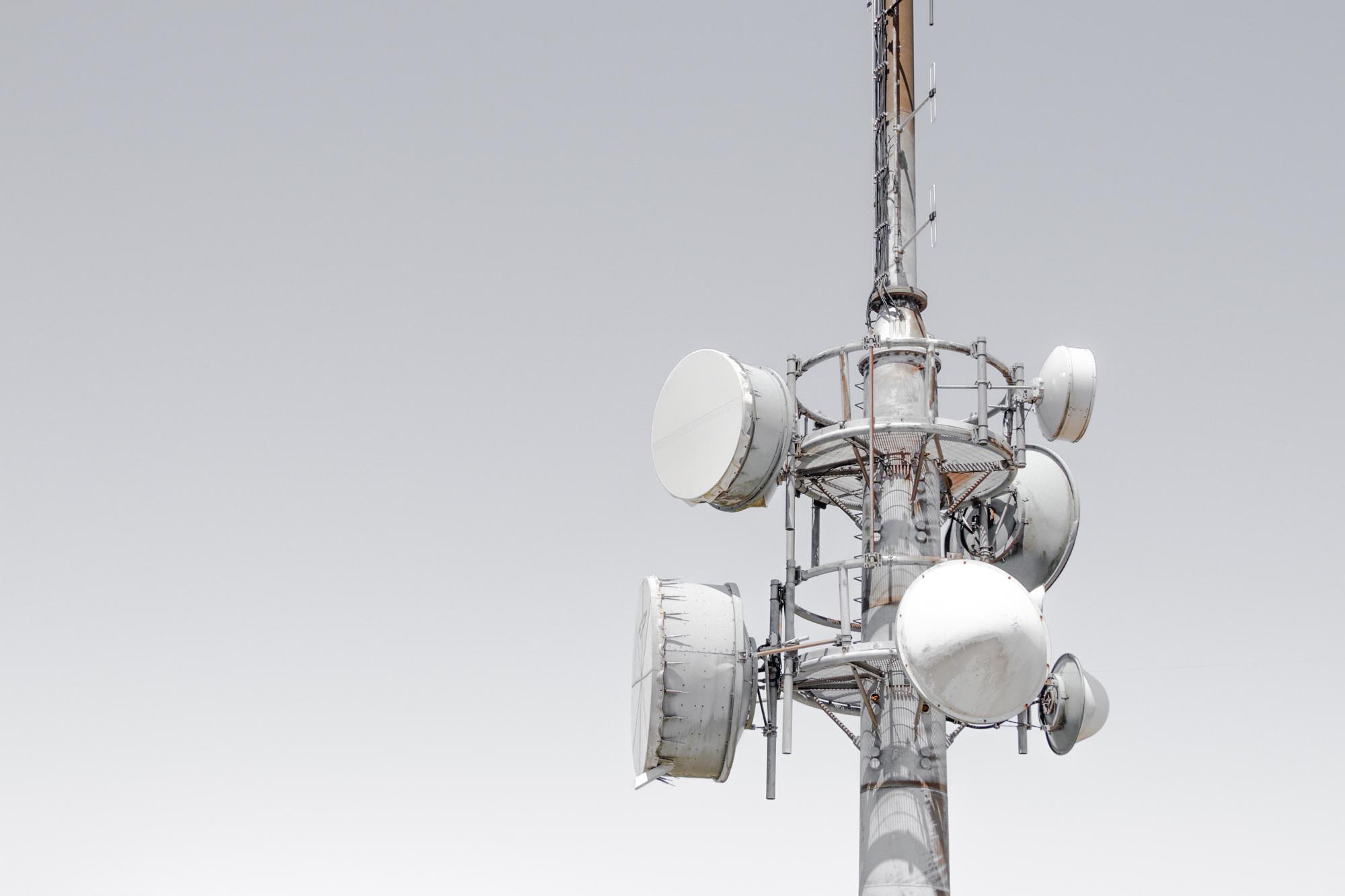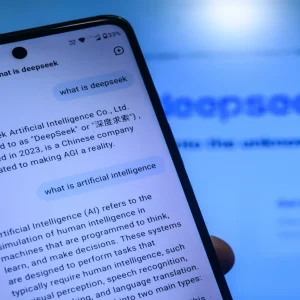
BT is providing the government with anonymised mobile location data to help it track the location of citizens, the telecommunications giant confirmed today.
A BT spokesperson told Computer Business Review: “We are providing a limited amount of aggregated, anonymised data that show generalised patterns in the movement of people to assist with policy planning. As always, we are strictly mindful of the privacy of our customers, whilst making sure we do everything that might help the medical authorities in the fight against coronavirus.”
The news comes days after the UK’s privacy watchdog said using location data in this manner was permissible, with “appropriate safeguards”.
The Information Commissioner’s Office (ICO)’s deputy commissioner Steve Wood said on Saturday March 28 that using technology in this manner was legal; as if the data is “properly anonymised and aggregated, it does not fall under data protection law because no individual is identified…In these circumstances, privacy laws are not breached as long as the appropriate safeguards are in place.”
The statement followed widespread reports that the government was in talks with BT – which also underpins the EE network – about using its infrastructure to track mobile phone data to ensure that people are obeying lockdown rules.
Feasibility of the Technology
Richard Helson, a former police officer who now heads up mobile data specialist Chorus Intelligence UK told Computer Business Review that it appeared the government would be getting “only the cell tower location. It’s not the physical location of the device,” but that it would be useful to track larger scale lockdown compliance.
As he put it, cell tower pings would let the government/telcos track large scale movements of people out of densely populated locations: “You could see how many mobile phone devices started in London, but ended up outside of London.”
In London itself there are enough towers that the government could feasibly track population movements within a radius of a 100 meters.
However, Helson points out that: “There is limitations to the technology in a city because if one cell tower becomes exceedingly busy and is at max capacity then your device would go to another cell tower which has more capacity.”
The technology could be used by law enforcement to track the mass movement of people to locations such as parks or tourist spots.
For instance if it was a sunny day and 500 people decided to break the lockdown to go to a park then the nearest cell tower would receive above average connections indicating an increases of movement to that location.
Contact Tracing
Helson notes that using mobile data in tandem with bank card activity you could follow the path of an infected individual: “What shops did you go to and use your bank card? So then you could say, well you used your bank card in this café, well let’s look at all the other people using their bank cards in that cafe around half an hour as all of those people potentially could have come into contact with you.”
This data could then be used to track where those people went and you could build a contact tracing system that would help to track the early stages of the outbreak and possibly mitigate it; an approach that South Korea has taken.
Helson states that mobile data can help you “understand the movement of your people; understand whether quarantine is working or not.”
But if you wanted to know on a case by case basis the spread of the virus from one person to the next, then you would need to augment this mobile location data with several other data points: be that bank card activity, or vehicle movement gathered from automatic number plate recognition (ANPR) cameras.
Tracking System Use in Other Countries
In South Korea the Ministry of the Interior and Safety has developed a ‘self-quarantine safety protection’ application that enables people who have been quarantined at home to keep in touch with healthcare workers and if they leave their location, the application sends an alert to officials.
South Korea was one of the hardest hit by the virus at the start of the pandemic with currently over 9000 cases. The currently initially instituted similar quarantines as the UK and the application uses GPS to demarcate areas for isolated individuals. The application will also inform anyone who has it installed if they come within a 100 meters of a location previously visited by an infected person.
(South Korea has since significantly reduced lockdown measures, with workers across the capital returning to their offices).
The government of Israel was one of the first countries to give full authorisation to its law enforcement to track civilians using cellular data. Under new rules the Israeli Security Service (Shin Bet) can use mobile phone location data to track the movements of citizens who have tested positive for COVID-19. This technology was previously used by the agency in counter-terrorism operations.
However, what Israel has approved is a far step from just cellular location tracking technology, as systems used by the security service also take in data from phone calls, texts and social media. Launching the system on the 16 of March Israeli Prime Minister Benjamin Nentanyahu commented that: “The Cabinet will approve emergency regulations that will enable the use of digital means in the war on Corona…the Attorney General acceded to our request and this evening we will approve the use of digital tools for a limited period of 30 days. Israel is a democracy. We must preserve the balance between individual rights and general needs, and we are doing so”.
My phone, which is satellite-tracked by the Taiwan gov to enforce quarantine, ran out of battery at 7:30 AM. By 8:15, four different units called me. By 8:20, the police were knocking at my door.
— Milo Hsieh (@MiloHsieh) March 22, 2020
Many other countries have rolled out GPS and Bluetooth-backed applications to implement what amount to human geo-fencing controls.
Last week journalist Milo Hsieh reported on Twitter that his tracked phone ran out of power at 07.30am and in under an hour, with police unable to reach him, they had turned up at his front door.






